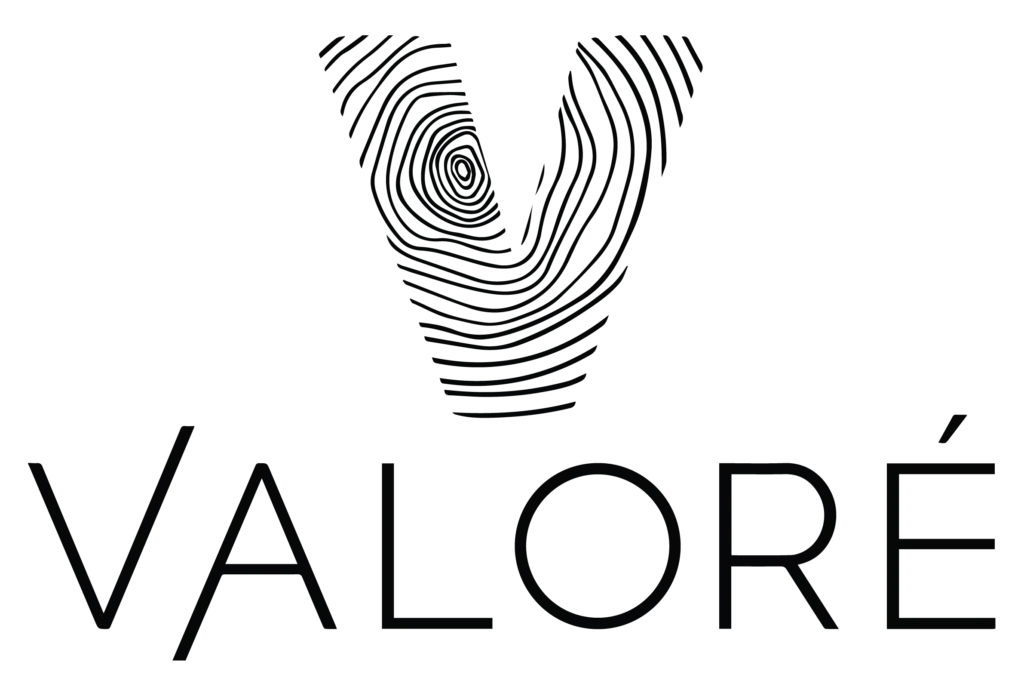As a passive investor, it can be easy to get caught up in the excitement of an investment by examining the projections and potential profits. However, it's crucial to remember that these are only projections and, without proper diligence in underwriting, investors may encounter pitfalls.
The underwriting and diligence process of an investment performed by the sponsor has numerous components. It's unlikely that a passive investor can fully comprehend all these intricacies. Nevertheless, certain key metrics can be identified which can help shape crucial questions to ask prior to investing.
In this article, we will discuss just two of these metrics to start with.
Exit Cap Rate
In my estimation, the metric with the most significant impact on the projected value of the asset is the exit cap rate. This metric, extremely sensitive, has a tremendous effect on value. It's employed in determining the asset's value in the year of sale and can make or break an investment.
Consider a simplified example: an asset is purchased today for $20M, and the market cap rate is 5.25%. The investment has a hold period of 5 years, and the projected net operating income in year 5 is $2.1M. The investment offering displays a projected 5.25% exit cap rate, which implies the exit value at this cap rate would be $40.1M - doubling the purchase price ($20.1M growth in value). At first glance, this looks incredibly enticing.
However, one might wonder why the exit cap rate is identical to today's cap rate and how one could predict the market cap rate in 5 years. The simple answer is, nobody knows for certain. Forecasting the future cap rate and market conditions is partly science, but mostly an art requiring experience. An industry-standard practice for projecting future cap rates is adding 10 basis points (0.10%) to the current cap rate each year, a 0.50% increase over 5 years.
Applying this standard practice to our example would result in an exit cap rate of 5.75% (5.25% + 0.50%). Using this 5.75% cap rate with the projected NOI of $2.1M, we get a new value of $36.6M, a $3.5M decrease in value. This underlines the significance of the cap rate.

Whenever I review an investment, the cap rate is one of the first metrics I scrutinize. If the deal projects an exit cap at or higher than 0.10% per year, it indicates more conservative underwriting and less optimism. It's wise to ask the sponsor about their process for deriving the cap rate and the sources used for market intelligence. If they have conducted thorough market research, they should be able to provide solid justification.
Economic Vacancy
Firstly, let's define economic vacancy. Most investors are acquainted with physical vacancy, but economic vacancy serves as an indicator of the asset's potential income collection capacity. It encompasses the percentage of income losses, which includes vacancies, bad-debts, concessions, employee & model units, and any other collection losses. Minimizing economic vacancy (i.e., collecting more income and banking it) is a critical operational aspect.
When examining a potential investment, I compare the historical economic vacancy with the sponsor's projection to check for significant discrepancies. Let's look at an example to understand what investors should keep an eye on.
Let's say, as value-add investors, the business plan for a new investment is to enhance the property by renovating units and raising rents. This will likely entail replacing non-qualified tenants with new, qualified ones as renovations progress.
The table provided in this example illustrates that the historical economic vacancy stands at 13.8%. Interestingly, the sponsor's projections anticipate this to drop to 10% in the first year, with further reductions in the following years.

This trend appears promising as the percentage of Economic Vacancy is decreasing year-over-year, significantly impacting Gross Revenues. The renovation plan aimed at enhancing the asset with quality tenants generally results in a decline in economic vacancy as the property begins to stabilize. However, what's intriguing here is that the first year's projected economic vacancy is substantially lower than the current rate. The question then arises, how does the sponsor plan on achieving a lower Economic Vacancy while simultaneously increasing rents and conducting unit renovations?
Our experience at Valore suggests that, typically, we anticipate an increase in economic vacancy during the first 6-12 months as we implement the business plan, introduce new management, and establish policies & procedures. This process tends to filter out non-qualified tenants, leading to a temporary increase in delinquency and physical vacancy. However, it's worth noting that each deal is unique and different, and this isn't always the case.
In light of this example, I would question the sponsor for specific details explaining their belief in their ability to improve economic vacancy so rapidly. Maybe there has been a substantial improvement in the property's performance in recent months, rendering the trailing twelve-month (T12) economic vacancy overstated due to previous poor performance. Alternatively, the sponsor's proforma might be overly aggressive.


